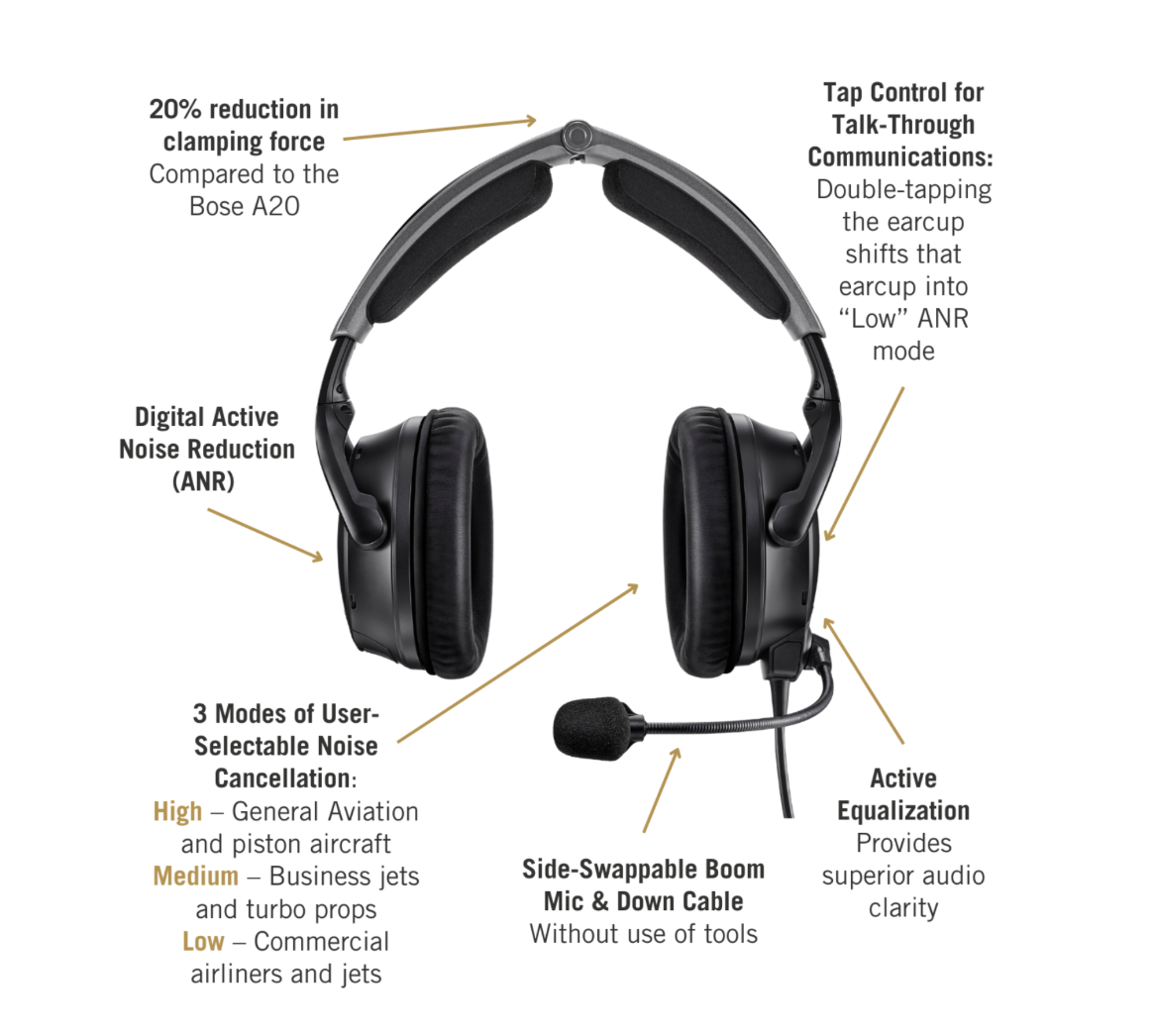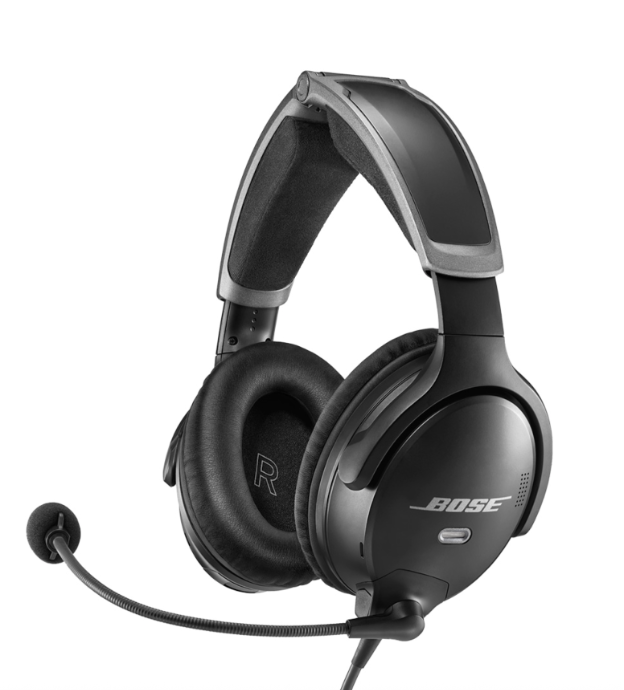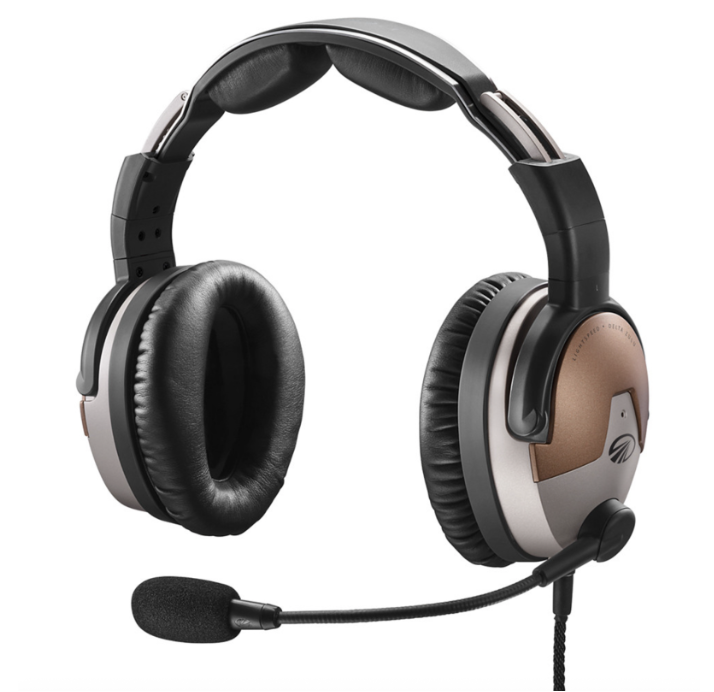Posted by Richard G. on Oct 15th 2025
When it comes to aviation headsets, Bose and Lightspeed remain two of the biggest names in the cockpit. Both brands have refined their designs over years of innovation, focusing on comfort, audio clarity, and advanced technology that enhances every flight.
Today, we’re comparing two of the most popular premium models: the Bose A30 Aviation Headset and the Lightspeed Delta Zulu ANR Headset. Both sit at the top of their respective lines, and interestingly, share the same base price of $1,299.00.
If you’re deciding between these two industry leaders, here’s how they stack up.
Quick Overview
As previously mentioned, both models retail for about the same base price, around $1,299, putting them at the top of the line for serious aviators. Each offers outstanding comfort, modern connectivity, and cutting-edge noise cancellation technology. But while their goals are similar, their approach and added features differ in interesting ways.
The Legacy of Innovation

The Bose A30 builds upon the success of its legendary predecessor, the Bose A20. The Bose A30 dives into the key improvements, like redesigned ergonomics, lighter clamping force, and new digital ANR profiles. Bose has always focused on refined simplicity and premium build quality, and the A30 continues that tradition.
Lightspeed, on the other hand, has steadily evolved its Zulu series over the years. The Lightspeed Zulu 3, still a strong contender for pilots seeking comfort and reliability at a lower price point ($949.00), laid the groundwork for the Delta Zulu. Lightspeed’s latest model adds advanced health and environmental features without losing the brand’s hallmark clarity and comfort.
Unique Features
Bose A30:

- Three selectable modes of active noise cancellation for different flight environments.
- Lighter clamping force and a redesigned headband for all-day comfort.
- Clear, natural communication with new digital mic electronics.
- Bluetooth for wireless connectivity to mobile devices.
Lightspeed Delta Zulu:

- Built-in HearingEQity technology that customizes sound based on your hearing profile.
- Carbon Monoxide (CO) sensor integrated into the headset, a life-saving feature for general aviation pilots.
- Advanced Bluetooth audio interface for pairing and streaming.
- Optional app integration for real-time monitoring and data logging.
Comfort and Fit
Both headsets are built for long-haul comfort, with lightweight frames and plush ear seals. The Bose A30 features a center-hinged headband that evenly distributes weight and reduces pressure points, ideal for pilots flying several hours at a stretch. The Lightspeed Delta Zulu uses the same proven chassis as the Zulu 3, known for its generous ear cushions and side-hinge design, allowing for a flexible and secure fit.
In short:
- Bose A30: refined, balanced pressure; slightly lighter overall.
- Delta Zulu: soft, expansive fit with excellent adjustability.
Active Noise Reduction (ANR)
Both models deliver top-tier ANR performance, which remains the gold standard for cockpit quiet.
- Bose A30: Bose’s newest digital ANR system lets pilots switch between three noise cancellation modes, ideal for customizing based on aircraft type or personal preference.
- Lightspeed Delta Zulu: Offers exceptional noise reduction, using its proprietary ANR circuitry tuned for both piston and turbine environments.
Smart Features and Connectivity
Where these two begin to diverge is in technology.
- The Delta Zulu stands out for its innovative integrated CO (carbon monoxide) sensor and personal hearing health monitoring via Lightspeed’s smartphone app. These additions make it a truly “smart headset,” giving pilots real-time cabin safety data and audio analysis to protect long-term hearing health. It also has a rechargeable battery
- The Bose A30, while more traditional in this area, maintains a strong reputation for flawless Bluetooth connectivity and crisp, clear audio transmission for ATC and intercoms. It’s simple, intuitive, and effective, hallmarks of Bose engineering.
Audio and Bluetooth Performance
Both headsets feature Bluetooth connectivity, allowing pilots to pair their phones or tablets for audio alerts, music, or calls.
- Bose A30: Prioritizes natural voice clarity and seamless switching between communication and entertainment audio. Advanced bluetooth audio prioritization controls allow users to select between full and soft mute.
- Delta Zulu: Features bluetooth with stable pairing and slightly more customizable control through the Lightspeed app.
FAA Certification
The Bose A30 is built to the latest ARINC standards and is TSO/ETSO C139a certified. A TSO certification is required for many Part 121 Operators and for pilots in most major US airlines. The Lightspeed Delta Zulu is not TSO Certified. But the TSO is not a mark of quality, it just indicates that a headset meets the required standard.
Power and Durability
Battery life between the two is comparable; each runs roughly 40 hours on two AA batteries, depending on Bluetooth use. Both include auto-shutoff features to conserve power.
Durability is also a draw: Bose is known for its polished, minimalist construction, while Lightspeed offers a slightly more rugged feel, perfect for pilots who value practicality and field serviceability.
The Verdict: Comfort vs Connectivity
If your top priorities are comfort, simplicity, and legendary ANR, the Bose A30 Aviation Headset is a flawless choice. It’s lighter, quieter, and a joy to wear, particularly for commercial or frequent flyers.
If you value innovation, cockpit safety, and app integration, the Lightspeed Delta Zulu ANR Headset offers features that go beyond sound quality. The built-in CO monitor and hearing analysis make it one of the smartest pilot headsets on the market.
Both are excellent choices at the same price point, and both deliver the quiet, clarity, and comfort pilots expect at this level. The final decision comes down to what features matter most to you

